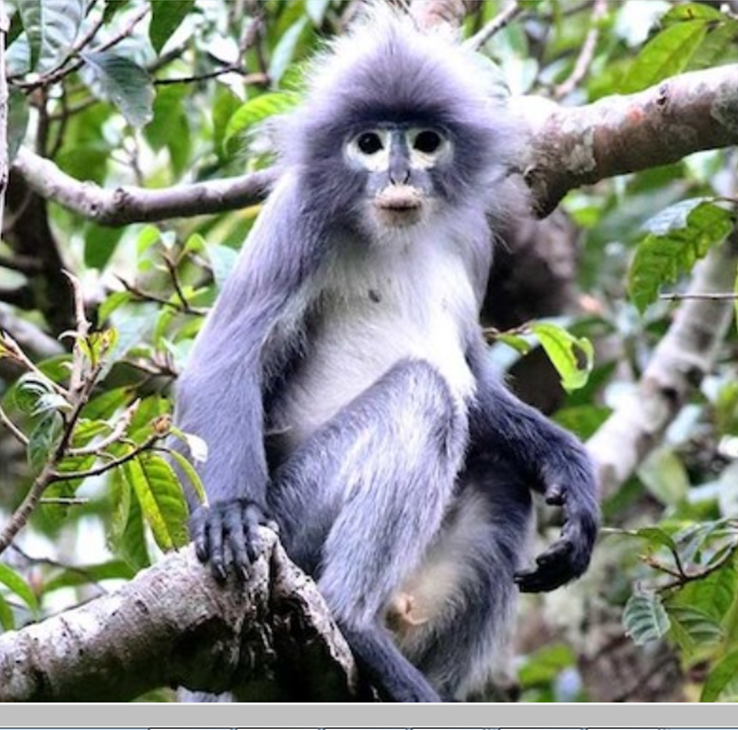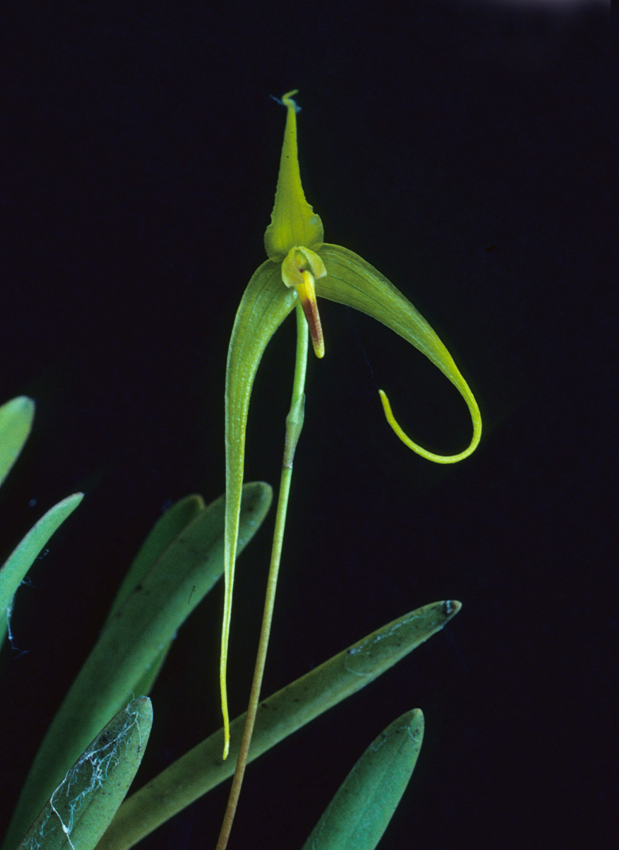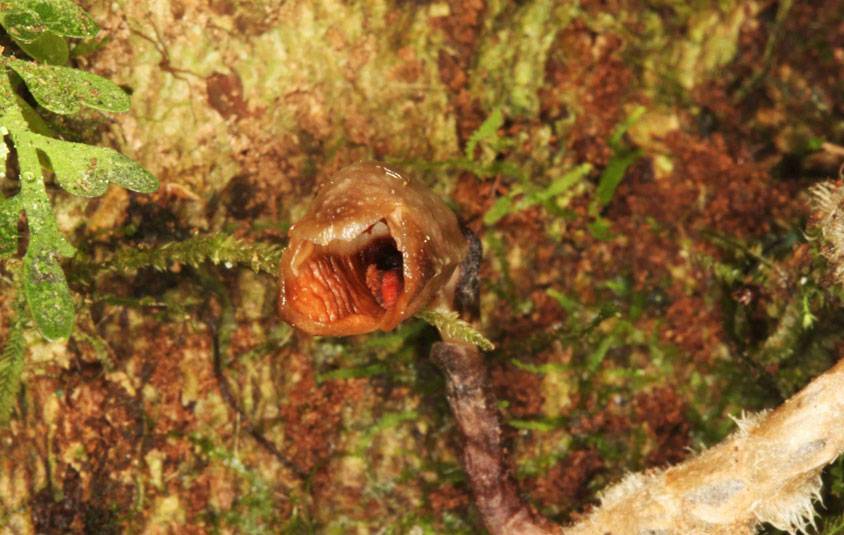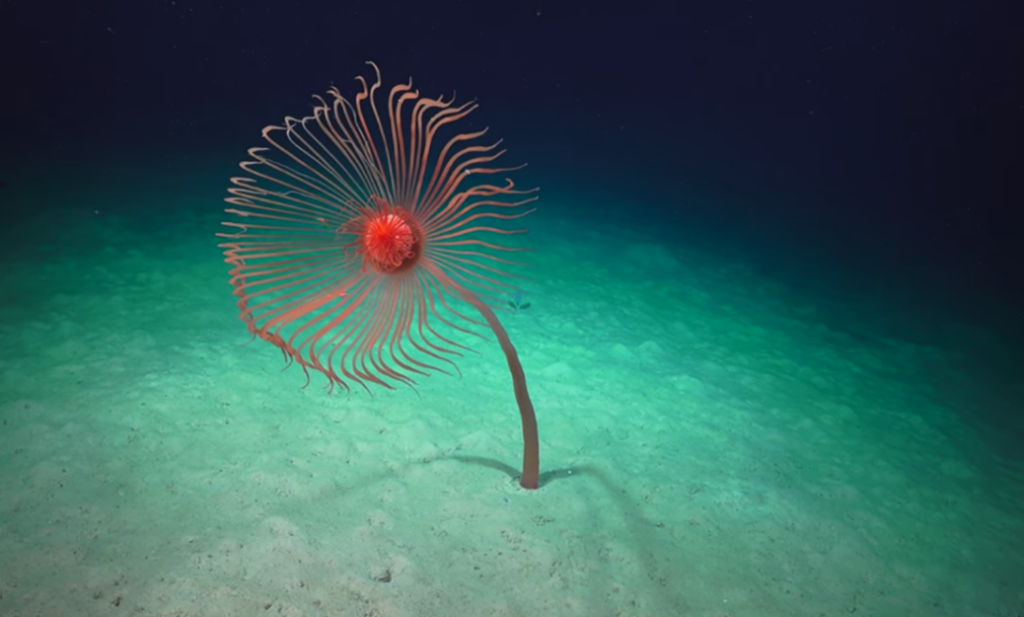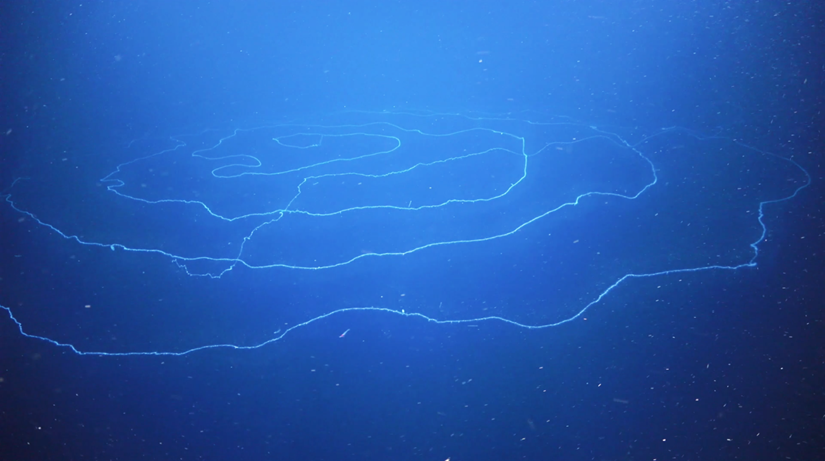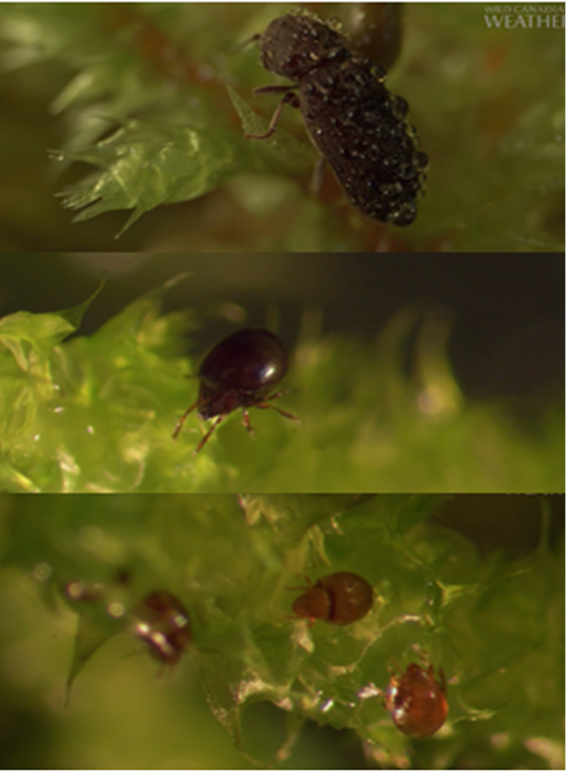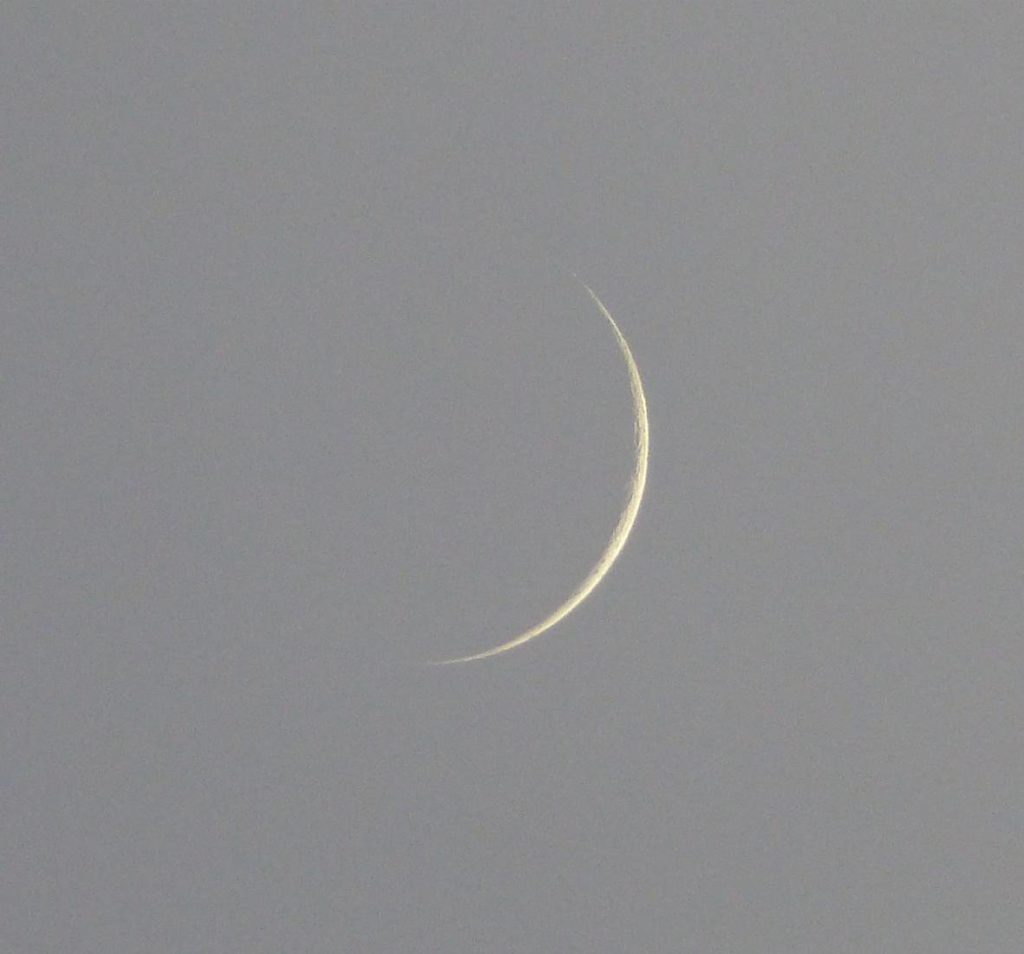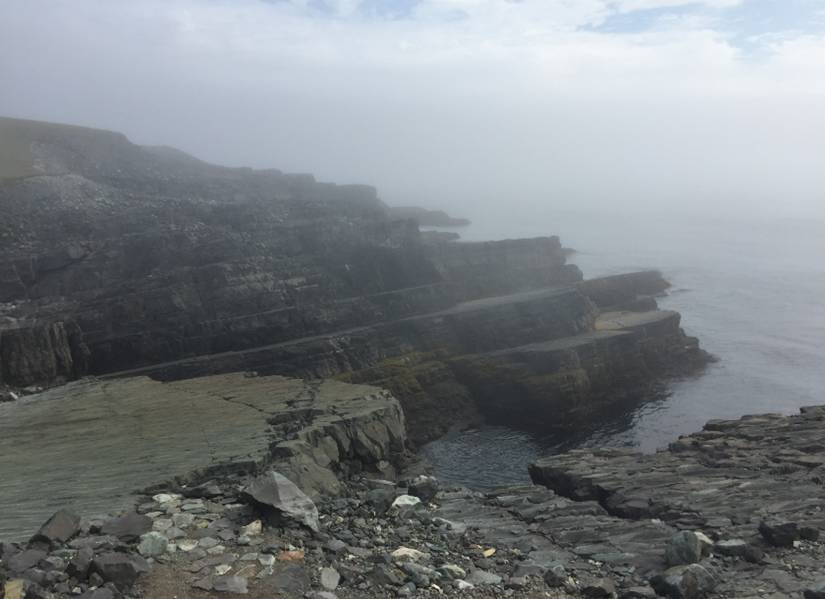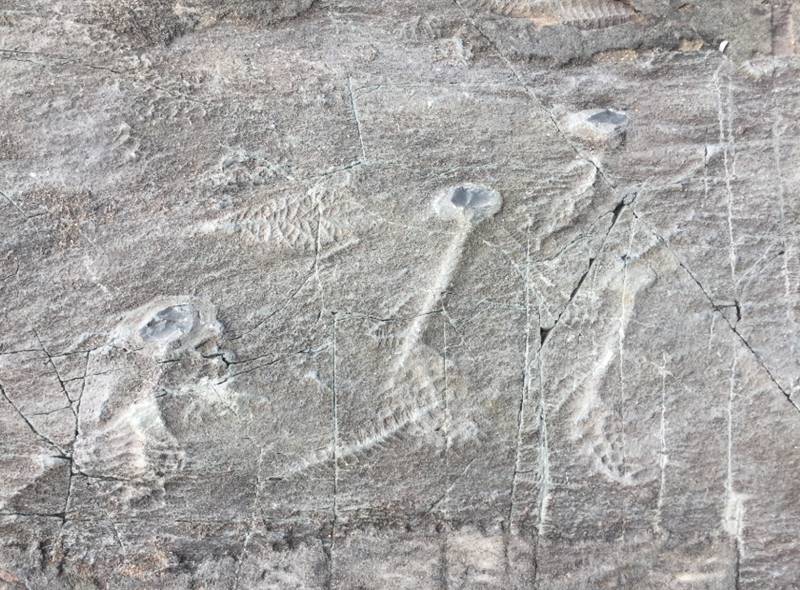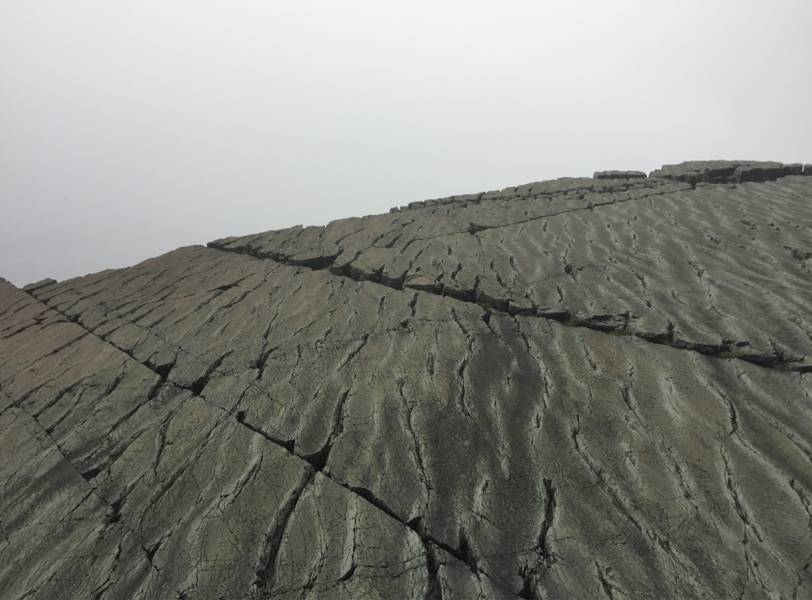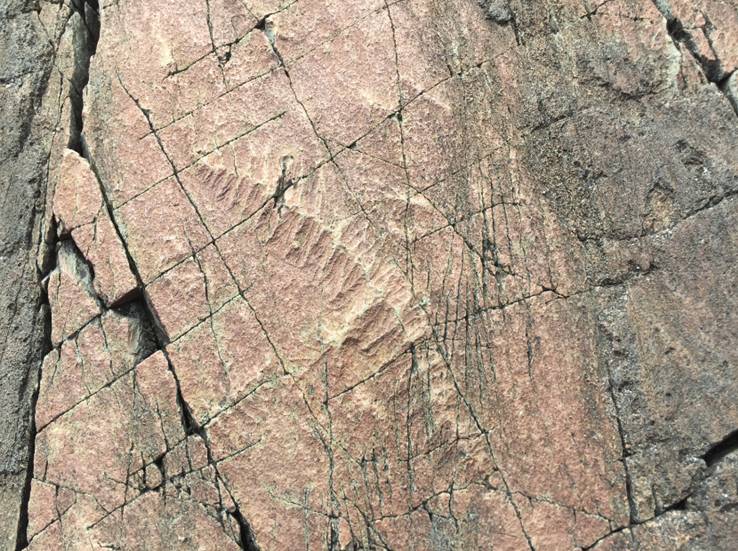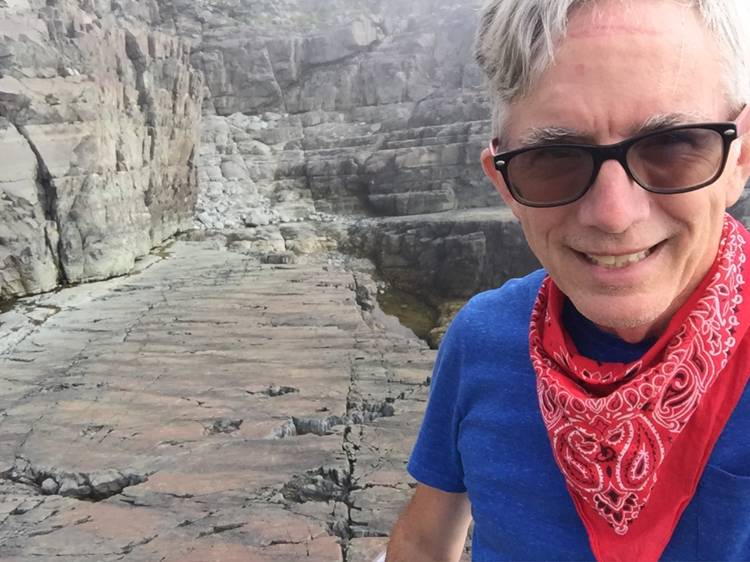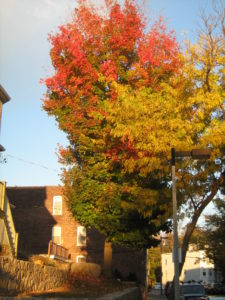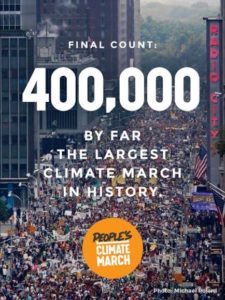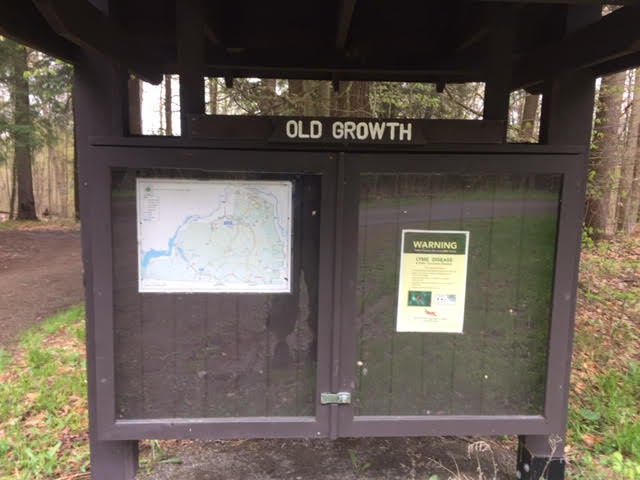
“Hello?” I called out.
No answer.
It was laughable. Of course there was no answer. It was a cold, overcast morning and anyone looking for sights in the park would go to the waterfall, not bushwhack into the “Old Growth” grove where there were no trails. It began to rain. And I was lost.
Cue swearing. Cue self accusations of foolishness. Cue disbelief. Was I really lost? I was really lost.
***
Despite the fact I was bushwhacking, I thought I was being sensible. After parking at the “Old Growth” kiosk, I descended into the basin and made of point of walking a short distance then turning and retreating to a mental marker before going forward again. I took my time, listened to the stillness, the birds, wondered if I stayed put long enough one would alight nearby. Down a slope, through a stand of pine trees, across a creek, up another slope. Mounds and pits undulated over the forest floor – showing where a tree once fell over, uprooted the soil, and the log has long since rotted away. Old trees here and there, saplings trying to grow up.
Soon I began to doubt I would remember all these markers, so I retraced my steps back to a log near the stand of pine trees and used that as a base to explore different directions. I recognized some oaks and maples, not huge around, 4-5 feet, but laden with moss and showing magnificent buttressed roots. They had clearly been there awhile and had an undeniable presence.
My step was soft – onto accumulated leaves, pine needles, tufts of moss. Trees died in place or fell over and lay there to contribute to the growth of the forest. I edged and climbed and roamed through, looking for old trees, for what the forest had to offer. There was no sign of any human interference. I was inside a wildness the likes of which I had rarely seen. For all I could tell, I was the first person to ever visit this undisturbed forest.
After two hours I decided it was time to head out again. But as I left the grove of pine trees, a large, fallen pine tree caught my eye. It didn’t uproot itself, instead it snapped at the base. Then I saw several more falls in the area, aglow in moss, as if they had been blown over in a storm. It was a tree cemetery. And all of them were much larger than the trees I’d seen so far. Six or eight feet around. I climbed over a log and decided to follow the creek to see what other large trees lurked nearby. There were many, and every time I walked up to one, I would see another a short distance away that beckoned me to visit.
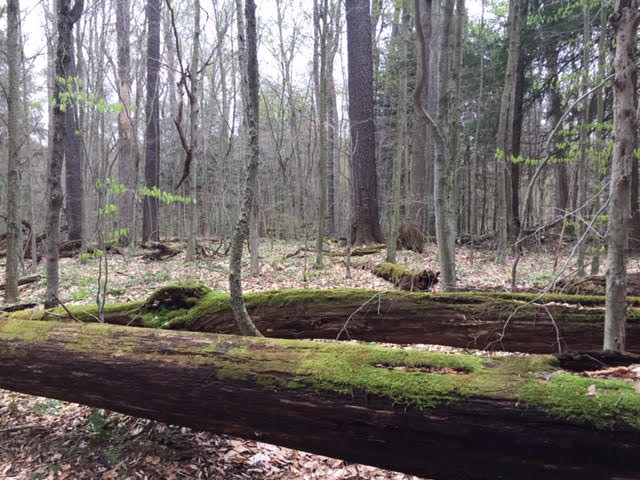
I veered away from the creek, thinking that I was doubling back to the fallen trees that first caught my eye. Instead, I was going deeper into the forest. There were so many fallen trees around it was hopeless to think I could find anything familiar. There was nothing familiar. I couldn’t even find the creek again.
I paced around. I stopped pacing around.
I was lost.
F*ck!
***
“Hello??” I called again, uselessly.
It was noon and I pulled my hood on for some protection from the rain. I decided to have lunch and see if I could figure out how to unlost myself.
The map I got from the ranger (“There’s no trails in there,” she said, as if in warning, when I asked about the location of the old growth.) showed I was in an elliptical basin that was three miles long and two miles wide. If I could go straight any direction, I would eventually climb out of the basin and hit the road. I did have a compass, because I was hiking, and had watched a Youtube video to remind myself how to use it. I could do this. I had to do this.
Though I’d been in the forest for two hours, I hadn’t hiked very far. According to the map, due west was the shortest route to a road – the road I parked on. I turned the dial on the compass, faced west, and set off.
I passed many formidable trees but barely slowed to look at them. This was not a time for tree appreciation, old or not. I focused instead on the compass needle and traveling due west. Actually, I stared at the compass needle as if my life depended on it, as if it was my guide star. Before long, I began ascending a slope, and after about twenty minutes, I saw the road. The forest that drew me in let me go again.
I came out about half a mile north of where I parked, and walked light-footed to my car, crazy-happy to have had such excellent use of a compass.
It was an auspicious start to my tour of exploring old growth forests. I made some notes in my journal, drove down the road to a stone bridge over a creek – a place recommended by my guide book, and probably the same creek I began to follow deep into the woods – parked, and went back in to again be part of the forest primeval.
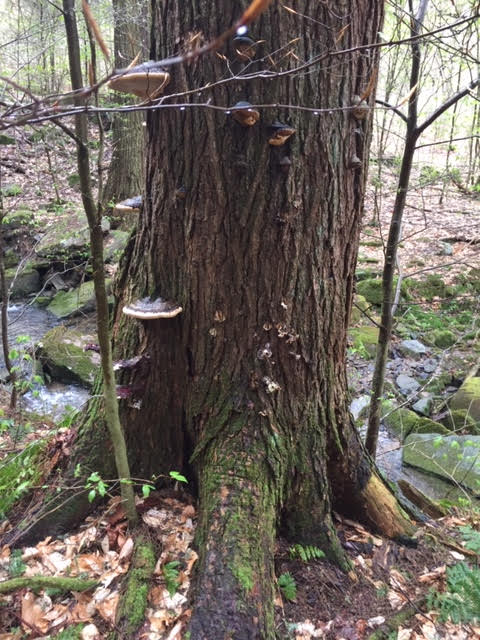
(A version of this also appears in my monthly newsletter. See the latest issue here. )
